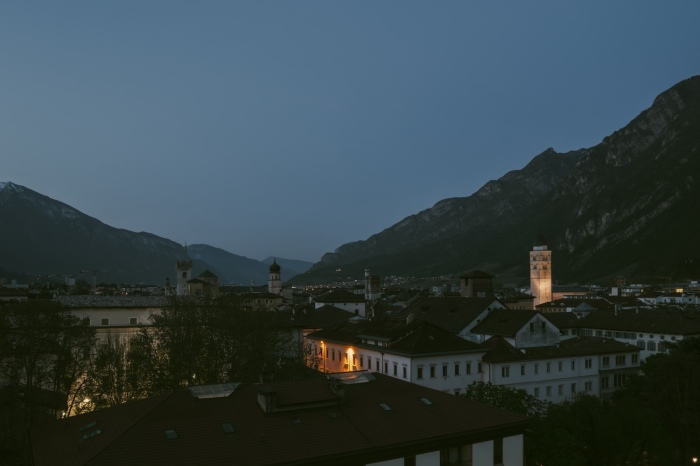

Published on: 04/20/2025
This news was posted by Eco-Friendly Homes
Description

Trento, or Trent in English, could be mistaken for somewhere in the Austrian or Swiss Alps.
That’s because this smallish Italian city within the shadow of Dolomite peaks was from 1027 until 1801 a prince-bishopric in the Holy Roman Empire — a Germanic confederation that was, according to Voltaire, neither holy nor Roman nor an empire — until the temporal power of the bishopric was abolished during the Napoleonic Wars. Austria had possession of the region after Napoleon’s defeat until the Habsburg dynasty collapsed after World War I.
While firmly part of Italy for more than a century, influences from that rich and complicated past can be seen in the architecture and tasted in the food and wine. Trento also serves as a dividing line with Italy’s German-speaking minority dominating the population farther north of here.

Subscribe to get daily/weekly email with the top stories (plus special offers!) from The Christian Post. Be the first to know.
Readers of this column might know Trento for its pivotal role in a chapter of religious history: the Counter-Reformation Council of Trent.

Convened by the Roman Catholic Church, the council consisted of 25 sessions between 1545 and 1563. It was Rome’s response to Martin Luther and the other Reformers whose theology in the 16th century split the Western church and, over time, contributed to the rise of the current Protestant denominations.
One of the greatest legacies of the council was the standardization of the Latin liturgy. The Tridentine mass — its name is Latin for Trento — existed for the ensuing four centuries as the primary rite for Roman Catholic worship. That status only changed in the 1960s with the Second Vatican Council, when Rome somewhat ironically embraced the Protestant view that worship should be in the vernacular.
Beyond liturgy, the council also had an impact on the church of Rome in other key areas, including which books make up scriptural canon; the requirement that bishops reside in their diocese; mandating seminaries for the training of clergy, who Reformers had complained were poorly educated; and doctrine, sacraments and teaching, including the seven sacraments, transubstantiation and a rejection of justification by faith alone. In short, much of what defines and separates Roman Catholicism from other denominations or traditions was decided at Trent.
It’s easy to retrace the steps of the cardinals, archbishops, bishops and the retinue accompanying the prelates as remarkably much of the city they would have known remains today.
Now as then, Trento is anchored by the landmark Metropolitan Cathedral Basilica of St. Vigilius or, as Italians call it, the duomo. The dedication is to Vigilius, a bishop and the city’s patron saint who was martyred by pagans in 405. The architecture is predominantly Romanesque.
The square (piazza) around the duomo and 39-foot-high Neptune Fountain is a popular all-day spot from cappuccinos in the morning (and never after!) to dinner with a glass or two of trentodoc, as the classic method sparkling wine from the surrounding appellation is called. Many of the buildings facing the piazza feature facades embellished by original Renaissance-era frescoes.

A short walk away is the Church of St. Mary Major (Chiesa di Santa Maria Maggiore). Depicted in paintings of the council, this is where some of the sessions took place. Entering through the Renaissance west facade, the interior though recognizable from depictions has changed. It was updated to baroque when fashions changed.
Tours can sometimes be hit-or-miss, but my walking tour from Barbara Gilli, an extremely knowledgeable guide with fluent English, helped me discover Trento’s postcard-perfect streets. And without her, I wouldn’t have known about Simon, the city’s other saint.
Simon was venerated for centuries by the local faithful as a supposed martyr. As the story goes, the 20-month-old child went missing on Maundy Thursday in 1475, only to be found on Easter Sunday. Local Jews were accused of his murder — a blood libel, which was regretfully common in medieval Europe.
While Simon’s sainthood was repudiated by the Roman Catholic Church in 1965, you can still see where he lived and a couple of antisemitic depictions of the now-false martyrdom. Yes, this may be uncomfortable, but it’s important to remember the tragic mistakes of the past as antisemitism is once again on the rise.

Trento is also home to two excellent museums: the Tridentine Diocesan Museum, which, as its name suggests, is the archdiocesan museum, and Buonconsiglio Castle, where the prince-bishops lived from the 13th century onwards. Both have extensive collections of art, artifacts and other objects. Some of the items on exhibit in both collections had English translations.
If you go
I flew into Venice’s airport, where I rented a car from Hertz and drove nearly three hours along a scenic route that took me over hills, in tunnels and through quaint towns and villages in northern Italy. A route with tolls reduces the drive time to an hour-and-a-half. Alternatively, fly into Verona, depending on airfares, rental car rates and whether the itinerary includes other places within Italy or the broader Alps.
Book a room at the four-star Grand Hotel Trento, which has the charm of an old-school hotel and the amenities of a modern hotel, including a dedicated underground parking garage.
For restaurants, Scrigno del Duomo at the duomo piazza was my favorite. It’s one of those places where the food and people watching compete against each other. Meanwhile, Osteria Il Cappello is both refined and approachable. Some tables have views of the kitchen. Another upscale option is the elegant dining room at the Grand Hotel’s Clesio Restaurant, which defies the bland stereotype of hotel restaurants everywhere.
Trentodoc is an entirely made-up word to market sparkling wine from Trento DOC. Apparently, Trento sparkling wine doesn’t roll off the tongue in the same way as cava, champagne and prosecco. Currently, there are 69 producers in the appellation, according to the Trento DOC Institute. Ferrari, the biggest and most acclaimed producer, has a tasting room a short distance from Trento’s historical city center. It also owns Villa Margon, a 16th century stately home renowned for its Renaissance-era frescoes.
Trento’s tourism office has full trip-planning resources. Guided tours can be booked directly with the Association of Tourist Guides and Escorts of Trentino or through the tourism office.
Dennis Lennox writes a travel column for The Christ
Dennis Lennox writes about travel, politics and religious affairs. He has been published in the Financial Times, Independent, The Detroit News, Toronto Sun and other publications. Follow @dennislennox on Twitter.
News Source : https://www.christianpost.com/news/travel-italys-trento-5-centuries-after-the-counter-reformation.html
Other Related News
04/20/2025
By Anugrah Kumar Christian Post Contributor Sunday April 20 2025A pastor was critically ...
04/20/2025
Sarah Javed brings more than a decade of field and administrative experience to her new r...
04/20/2025
By Anugrah Kumar Christian Post Contributor Sunday April 20 2025 St James Church in Leyl...
04/20/2025
By Michael Gryboski Editor Sunday April 20 2025During the opening worship service of the...
04/20/2025












